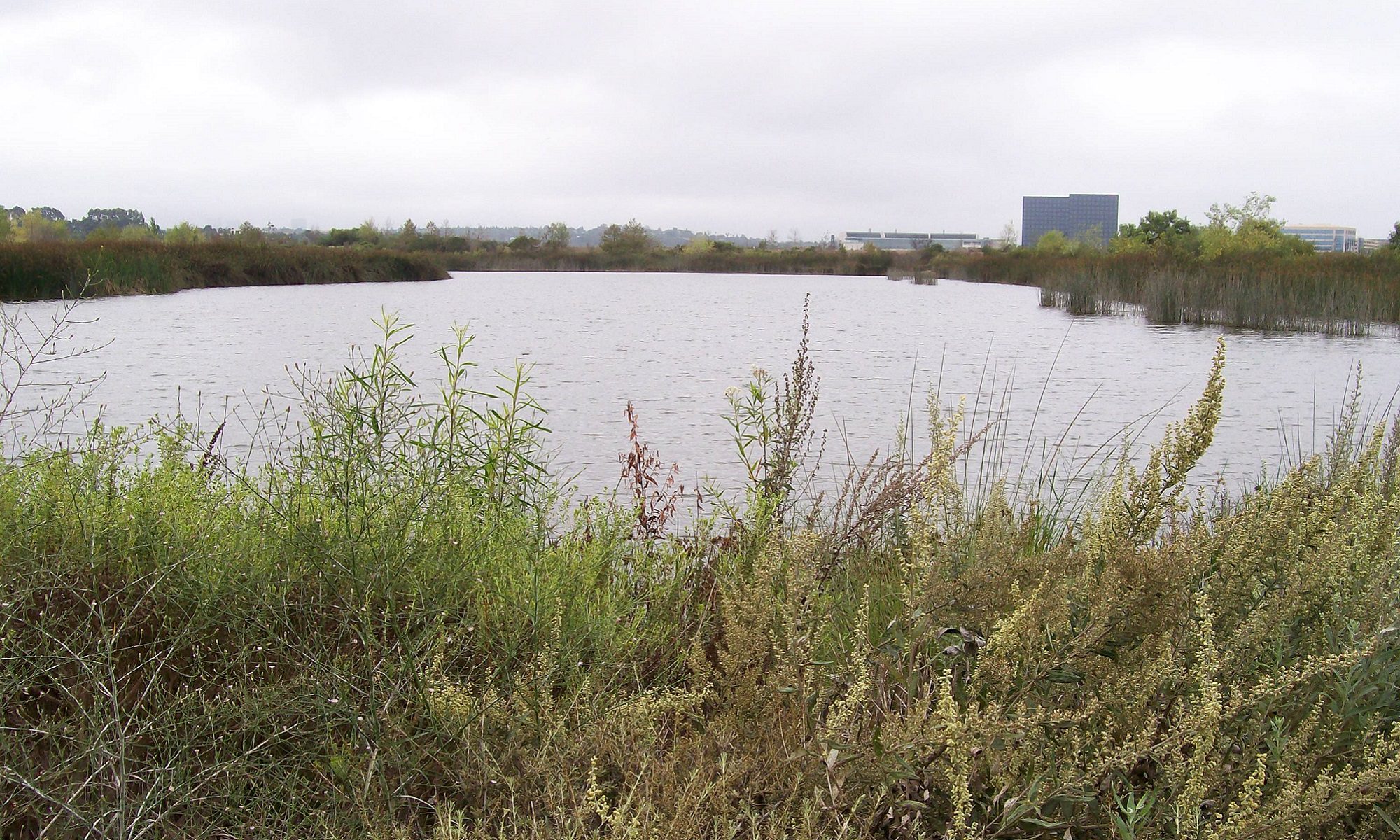To begin, the nonfiction book by James Bunnell, Hunting Marfa Lights (HML), gives no hint of any pterosaur involvement with the more mysterious flying Marfa Lights. Still, although he admits having no clear explanation, his book firmly proves that some of the mysterious lights seen flying near this part of Texas are not from any car headlights, and that leads us closer to the truth. My own book, the second edition of Live Pterosaurs in America, has one chapter on the Marfa Lights; it explains that some of them are quite likely from a group of bioluminescent flying predators, possibly even pterosaurs similar to the ropen of Papua New Guinea: intelligent flying predators.
But why believe that Marfa Lights are directed by intelligence? For the moment, let’s set aside pterosaurs, and concentrate on sighting reports that Bunnell classifies “CE-III.”
Let’s begin with a “legend” reported on page 15 of the book HML:
Hiking in this part of Texas, a college professor got lost late one afternoon. Being lightly dressed, he realized the danger of being stranded in the cold high desert at night. Soon after sunset, he saw a light, and assuming it was a ranch light, followed it for awhile, until he found that it had led him back to his truck. Then the light went out.
I realize that without careful interviewing of this professor, some aspects of his encounter may have become distorted through retelling. Nevertheless, if his experience is anything close to this summary, it seems very unlikely that following a non-living light, one without any intelligent direction, would lead a lost person back to their vehicle at night. Bunnell offers no explanation. Of course, all this assumes that this professor was a real person, not just a legend.
Four sighting stories in HML may be related. Each involves a light witnessed by the driver of a car that seems to be chased by the light. These are obviously real persons, with names, including “Bunnell.” He offers “Fata Morgana” as a possible explanation but admits his own sighting (one of those four) does not fit that type of mirage phenomenon very well. But another of those four sightings seems to defy the Fata Morgana explanation.
Linda Armstrong, at about 8:45 p.m., on October 8, 2008, was driving from Alpine to Marfa when she noticed a bright white light approaching from behind. Thinking something was about to collide with the back of her car, she accelerated, but the light simply passed her, following the curvature of the road ahead of her. That alone may discredit the Fata Morgana explanation, but there’s more: “It then left the road and flew through Mitchell Flat south of the View Park.” That was a real Marfa Light.
Forgive me if I state the overly-obvious: An intelligent fast-flying creature never collides with the trunk of a fast car.
How do car-chasing lights in Texas relate to living pterosaurs? Consider the restaurant waitress who saw a “mutated pterodactyl” flying alongside her car, as she drove on I-75, outside Atlanta, Georgia. Also consider that many eyewitnesses have seen glowing pterosaur-like flying creatures in various parts of the world.
Adding More:
. . . reports of living pterosaurs here in North America keep coming to my attention, and those strange flying Marfa Lights keep returning. Strange as it may seem to most people in this country, there seem to be a number of scientifically unknown animals in North America, and the ropen, even a long-tailed pterosaur, may be one of them.
Many other eyewitnesses, in Texas and other states, describe a long tail on a featherless flying creature. How does that relate to strange flying lights in the southwestern area of Texas? In Papua New Guinea and other countries, strange flying lights have been seen to be large or giant pterosaurs with long tails, when the eyewitnesses have been close enough to observe detailed features of the flying creatures.


